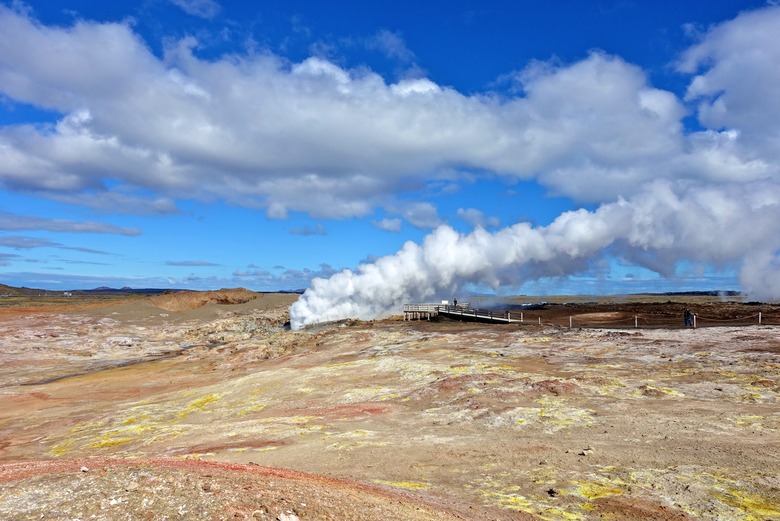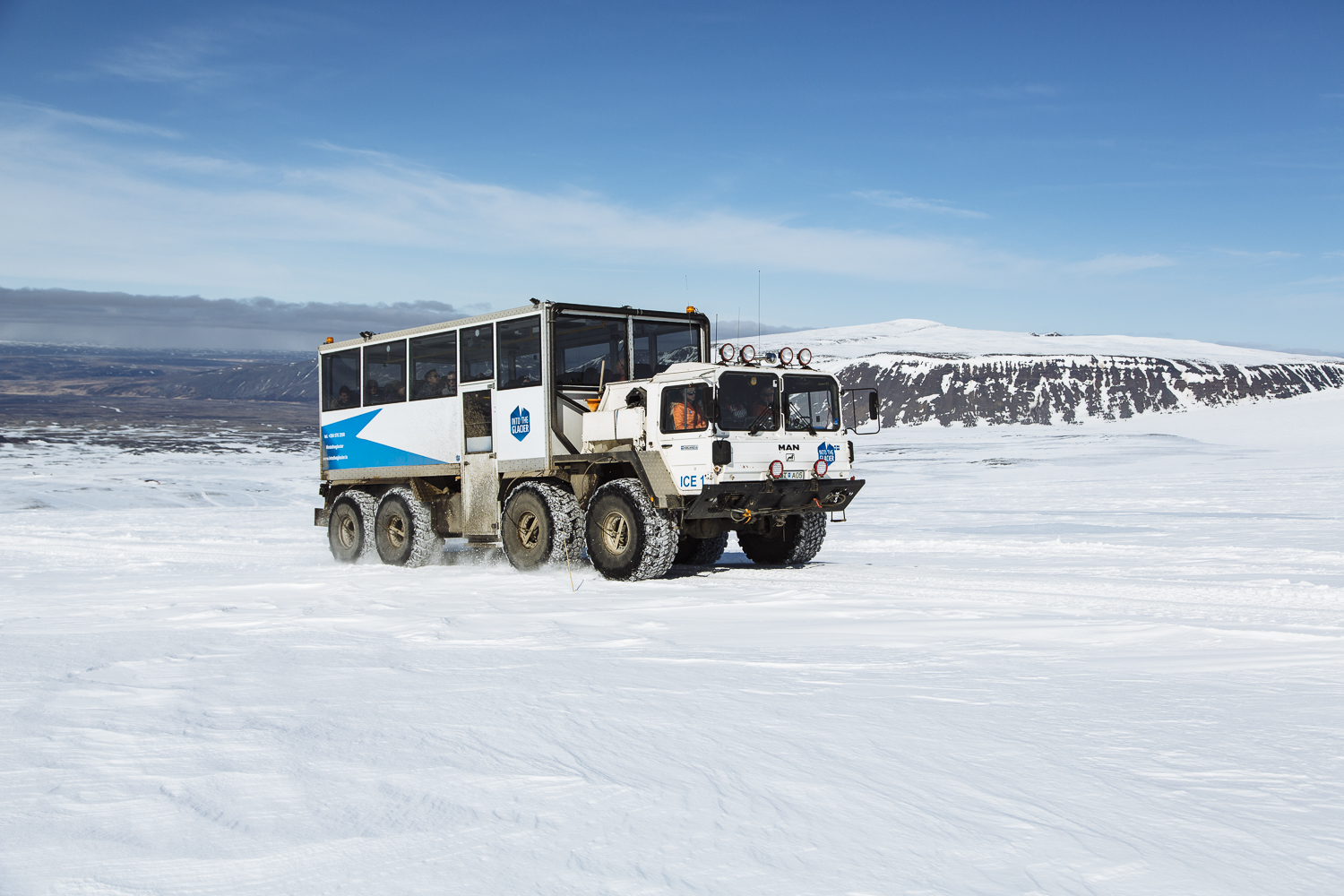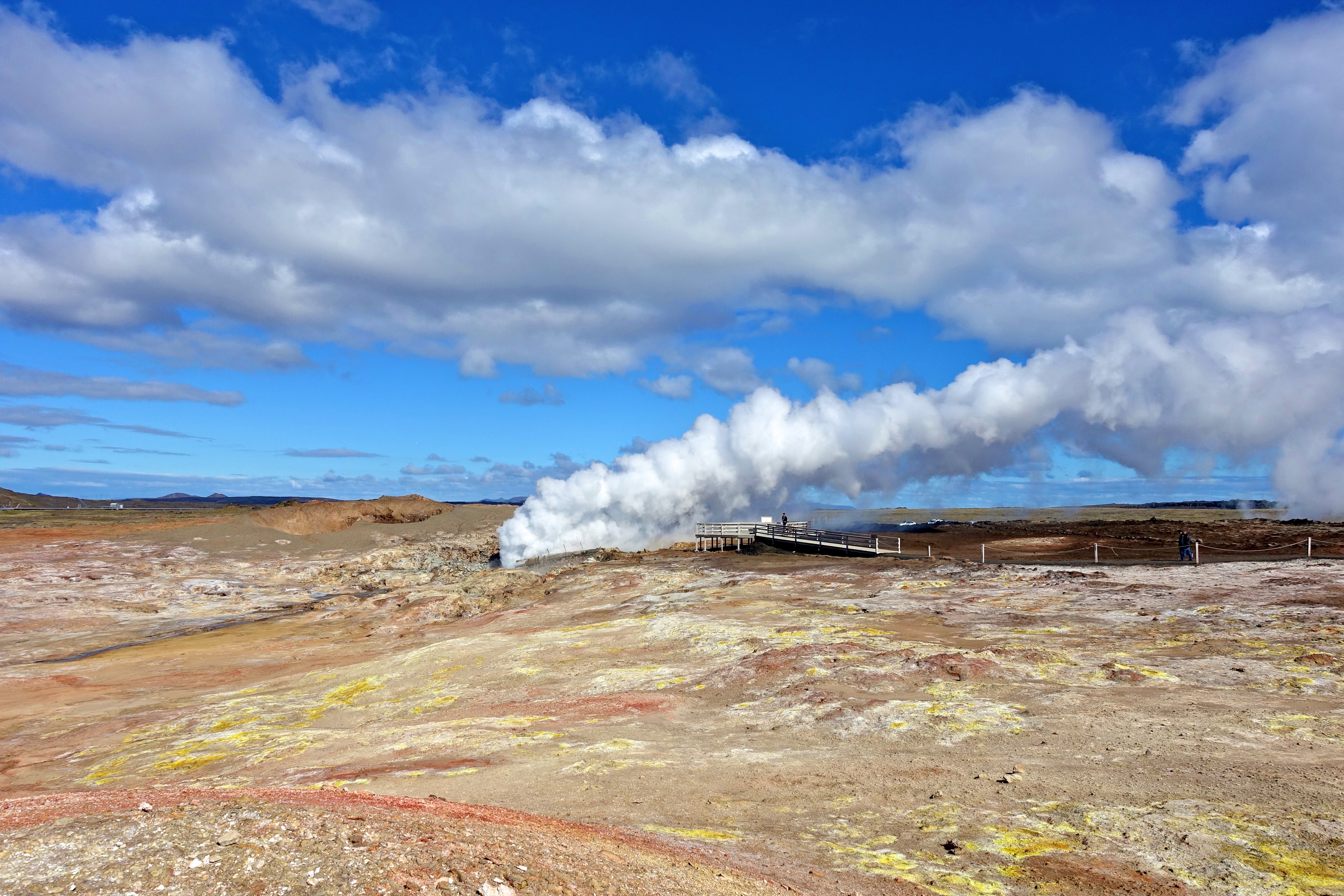A Visitor's Guide To Iceland's Water
There are few countries in the world that boast the magnificence and grandeur of Iceland. Surrounded by the vast North Atlantic and Arctic oceans, its mystifying atmosphere holds the theme of fire and ice at its essence. It is a land that has truly been formed with nature at its core — and at the heart of this specifically, water.
Iceland's water has long been acknowledged as some of the best in the world. Its purity is at the highest levels, and its accessibility is unusually unique to all throughout Iceland. It's not an exaggeration to say that water is a conduit for all aspects of life in Iceland, a nation with a pristine ecosystem that prides itself on its widespread sustainability.
"Protecting the environment is a priority to Icelanders," says Jón Ólafsson, co-founder of Icelandic Glacial, a bottled water company. "Because we have very little agriculture, industry, and a small population, we are able to maintain the incredible beauty and pristine nature of the island, which provides some of the cleanest, most pure water in the world."
I'm in Reykjavík, Iceland's capital and most populated region. If you've logged on to social media in the last year, chances are, you've seen its popularity escalate partially due to its photogenic ability to fill Instagrammers with wanderlust. My first stop is the Icelandic Glacial water processing plant in Hlíðarendi. It's here where Iceland's most exported water is bottled, but the most interesting feature about the product lies in how it's processed. As I'm shown around the large facility, I'm told that years before Iceland's inhabitants populated the land, a massive volcanic eruption took place, creating the Ölfus Spring deep below the planet's surface. For more than 5,000 years, my guide explained, water has filtered slowly through layers of lava rock, through Iceland's underground rivers and streams, resulting in a pure and naturally alkaline water with a perfect mineral balance and pH level of 8.4.
For Icelanders, it's this widely accessible natural purity that makes a significant difference to the quality of food and drink all across the country. "The quality of the water directly impacts taste in any dish or beverage," says Ólafsson. "There are brands such as Helix, an Icelandic vodka, which tout their purity because one of their key ingredients is water from Iceland. Water is a key ingredient in a great amount of food recipes, and Icelandic chefs take great pride in the dishes they prepare." This commitment to purity is carried through, even to the manufacturing of Iceland's bottled water, which sees up to an incredible 33,000 bottles of water produced every hour. The water sold by Icelandic Glacial is never exposed to the outside air, and hence, never exposed to outside pollutants. It's literally untouched until it's opened by the consumer — something the company takes great pride in.
Iceland's water has also created some of the country's most stunning natural landscapes. Breathtaking glaciers litter Iceland's eerie higher elevated areas, and their stunning white contrasts against the black lava rock of the rugged terrain below. Before a day trip to Iceland's Langjökull glacier, I prepared myself for a freezing trek into an ice palace. After a two-hour drive from Reykjavík, I boarded a decomissioned U.S. Army tank, now converted into a transportation vehicle for glacier expeditions. Surrounded by a sea of white, in what I would describe as truly the middle of nowhere (purely due to not being able to orient myself in this icy eternity), I descended through to the glacier. Langjökull is the second-longest glacier in the world, and I navigated my way through a series of ice tunnels, chambers, and caves deep in its chilly belly. It was an overwhelmingly surreal experience — it was hard to accept that literally two hours ago, I was in a metropolitan city center.
But it's this exceptional geological diversity that makes Iceland such a unique destination. While the ecological purity of the country's water is a constant, that same water has helped to cause an abundant flourishing of distinct extremes. There's the old saying, "Iceland is green, and Greenland is icy" — which confuses many tourists to the country, expecting a desolate and barren land, but this unexpected juxtaposition is a pretty accurate depiction of the country. While its agriculture and resultant culinary scene may not be the most groundbreaking and audacious, Icelandic cuisine is rich in history and tradition, and involves some terrifyingly unique concoctions like hákarl and Brennivín.
Iceland's water brings an abundance of natural beauty to all aspects of its landscape. Driving along its winding roads, between mountains of volcanic black rock, against grandiose seaside cliffs with monstrous waves crashing against their base, it's easy to understand how this land has cemented its place as a prime destination for Hollywood directors. Star Wars, Interstellar, Die Another Day, and Batman Begins all include scenes filmed in Iceland's breathtaking landscape. Reykjavík's winding roads will take you to heart-stirring lookouts and vantage points, with views of the many bodies of water hugging this barren land. Natural hot springs are littered all over the country, bellowing a stupendous amount of sulphur-scented steam in an absolutely stunning sight (and sound).
But one of Iceland's most majestic water experiences has to be a visit to the Blue Lagoon. One of the most visited sites in the country, the warm geothermal waters originate 1.2 miles underground. As the water travels to the surface, it collects silica and minerals, which, combined with the sunlight's reflection, results in the stunningly beautiful blue water that's known worldwide. The lagoon itself contains more than two million gallons of water, and sits at between 98-104 degrees Fahrenheit. Visiting the Blue Lagoon allows you to experience this astounding beauty for yourself, soak up the water's comforting warmth, enjoy a drink at the swim-up bars, and sit against the volcanic rock, looking out across the open scenery.
After spending a few days in this truly stunning country, it's easy to understand why water is such an integral part of every aspect of life here — from its untouched, natural drinking water to its abundant supply of local seafood and wildlife; from its awe-inspiring water-girt landscapes, to its impressively intimidating hot springs. A trip to Iceland will, without question, be one of the most surreal and aesthetically stimulating adventures that you'll ever experience.


